The 10 Coolest Laptops Of 2011 (So Far)

The Best Laptops So Far This Year
They're already small. They're already light. They already come with 3D screens. They convert to tablets. They're getting really cheap, and they can run all day on a single charge. So what more can laptop makers do to create industry buzz? Turns out, there's plenty.
Here are 10 of the year's coolest laptops that highlight some of today's coolest innovations.
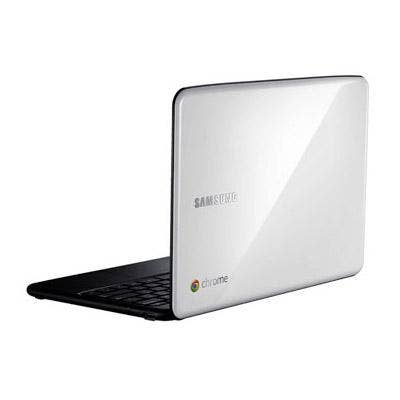
Shiny Samsung Chromebook
We've been evaluating the Samsung Chromebook in the CRN Test Center for a few weeks now, and there are plenty of things that make it cool. It's light. It's small, and it can run practically all day on a single charge. Oh, and its function keys let you actually do stuff without the need for a second finger.
With a sticker price starting at just $349 (for Acer's WiFi-only model), the Chromebook hits more consumer sweetspots than a Hershey bar. We also think the device makes a super-cool second machine for corporate execs, but we're not convinced that it will be ready for enterprise prime time until Google addresses issues with printing, media playback and running certain types of Web applications.
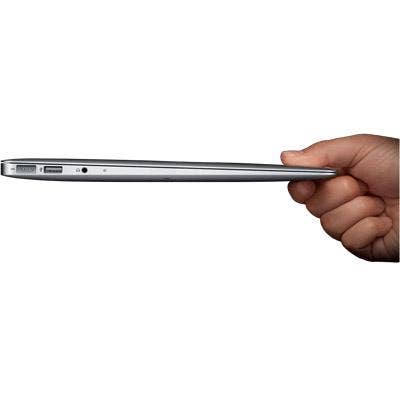
Airbook Not Air Head
Apple's latest notebooks -- like most things Apple -- are dripping with cool. And now that they're available starting at just $999, they're even cooler than ever. MacBook Air comes in 11- and 13-inch models, includes a solid state drive for lightning-fast boot times and app performance, can run endlessly on a single charge and are so thin you might just throw one out with the recycling (I heard recently that someone may actually have done that). And since these models don't include an optical disc drive, Apple includes its system restore software on a USB stick. It doesn't get much cooler than that.
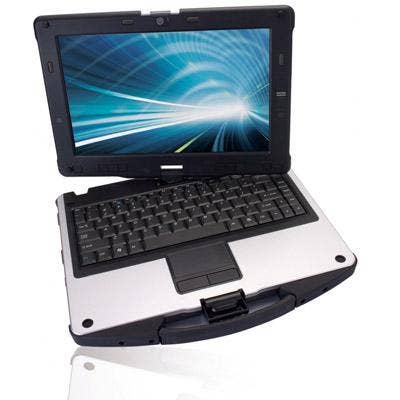
Durable And Spill Resistent
Go ahead, spill your soda or adult beverage on GammaTech's DuraBook durable laptop while at the beach. Because it can withstand much more than jolts and drops; it's also able to repel sand and liquids. And what better place to test that military standard of environmental protection than at the shore?
The DuraBook U12C with an Intel Core i5 (U560) dual-core 1.33-GHz processor, 256GB SSD, 64-bit version of Windows 7 Professional and 4 GB of DDR3 memory lists for $1,921. It's also available with a glare-resistant screen that can be easily viewed in bright sunlight, in case you're into another kind of surfing while looking at the waves.
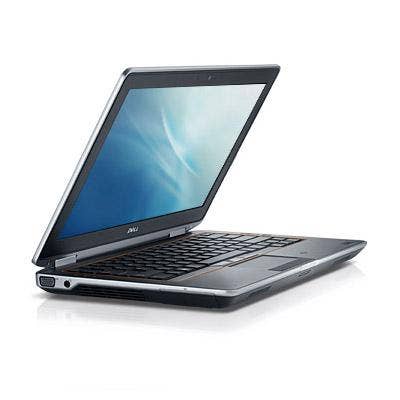
Attitude With Dell Latitude
For those more inclined to drop than to spill, Dell's Latitude E6320 might be a cooler choice. The company in February unveiled the 13.3-inch Latitude E6320, a durable and well-performing machine built around Intel's Sandy Bridge processor, wrapped in a magnesium casing and equipped with Dell's motherboard-based Free Fall Sensor technology protecting hard drive data.
This rugged workhorse offers native resolution up to 1366 x 768, driven by Intel's integrated HD graphics, two USB 2.0 ports, a 34-mm ExpressCard slot and a dock connector for the corporate yacht. The Latitude E6320 starts at $678 and ships with a three-year basic hardware service warranty.
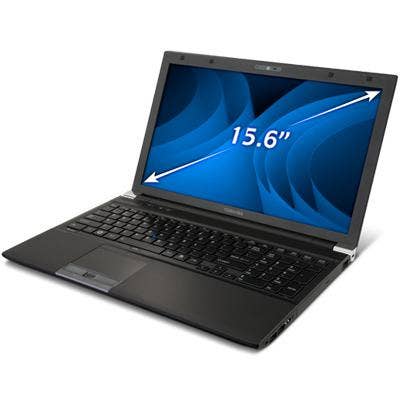
Latest From Toshiba
The Tecra R850 is the latest in a line of SMB-targeted notebooks from Toshiba. For $1,329 list, the Tecra R850 includes a bright 15.6-inch display, Windows 7 Professional 64-bit, an Intel Core i7 2620-M CPU at 2.70 GHz and 4 GB of RAM. Despite its high-end CPU, the unit delivered almost 5 hours of battery life with power saving features disabled. The Tecra R850 also includes an optical drive, SD card slot, three USB 2.0 slots, one USB 3.0 slot, HDMI and VGA. On the heavy side, the Tecra R850 weighs nearly five and a half pounds, so it’s not an ultra-portable, but would be great for mobility within a building or a campus.
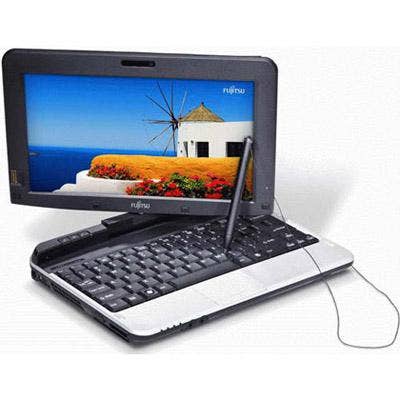
A Wonderful LifeBook
Fujitsu continues to innovate for niche market segments with its latest LifeBook T580 Tablet PC, introduced at CES in January along with four other high-end mobile computers, including a 3D unit and a Core i7 ultra-portable. This well-equipped three-pounder is built around a 1.33-GHz Intel Core i5 (model U560) processor, and its 1366 x 768, 10.1-inch display. The monitor swivels to lie flat and form a tablet that's 7.25 inches wide by 10.5 inches long and an inch and a half thick -- about the size of a hardcover book. Aimed at digital artists, health-care workers and other mobile pros, the display has a four-point touch sensitive screen and N-Trig capacitive pen system and controller software. Pricing starts at $1,149.
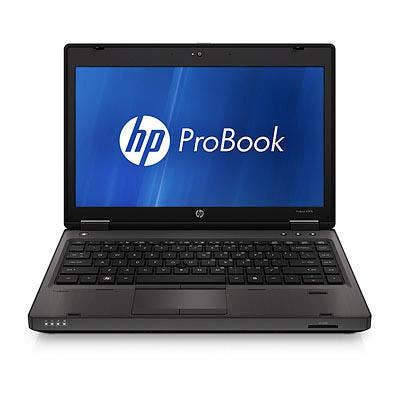
Boring Chic
Continuing its tradition of producing serviceable laptops without a lot of flash, Hewlett-Packard in April released the ProBook 6360b. This 13-inch unit has a solid feel and comfortable keyboard, but its run-of-the-mill appearance will not turn many heads. Still, consistency can be cool, and corporate users don't necessarily want or need too much variation from one machine to another. Starting at $799 list, the 6360b is available with Intel Core i3, i5 or i7 processors, up to 16 GB of 1333-MHz memory and SATA or solid state drives. A trio of USB 3.0 ports is included, as are eSATA, VGA, DisplayPort and FireWire. There are also ExpressCard 54mm and SD/MMC slots, an HD Web cam and spill-resistant keyboard with drains. There's more cool here than we realized.
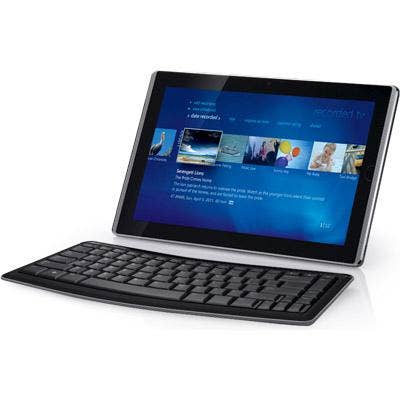
Tablet Or Laptop?
For customers not sure whether to buy a tablet or a laptop, the Asus eee Slate EP121 is both. This tablet running Windows 7 on an Intel Core i5 processor includes a Bluetooth keyboard and folio/stand, making it look like a laptop that lost its clam shell. The 12.1-inch, 1280 x 800 resolution screen will be a welcome increase for desktop work and media consumption compared with smaller tablets, but we suggest adding a Bluetooth mouse; the handsome curved Asus keyboard includes no pointer. Also, its 2.5-pound body is a bit on the heavy side for long-term hand-holding. Introduced at CES in January, the Slate EP121 can be found on the street for around $999.
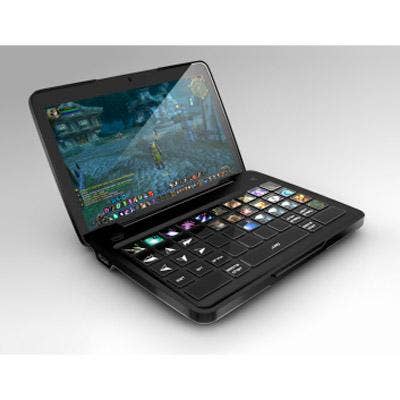
Razer Switchblade Gains Edge
This year's CES Las Vegas also gave birth to the Switchblade, a concept device from peripheral maker Razer. Not yet available to the general public, the Intel Atom-based machine is equipped with a 128-GB solid state drive, WiFi, 3G, USB 3.0 and a mini-HDMI port. It runs Windows 7 with a proprietary UI on top. But the coolest thing about the Switchblade is its displays. Yes, there are two capacitive touchscreen LCD displays, one of which is hidden by a tactile keyboard. See-through keys automatically adapt to the program being run, displaying that application's specific functions as graphical icons. A gamers' utopia, this ingenious design maximizes screen real estate for game playing on the 7-inch upper display and provides visual cues when key assignments change mid-play. Razer claims that the prototype achieves 30 frames per second and about 4-6 hours on a charge. No word on release date or price. Watch out PSP.
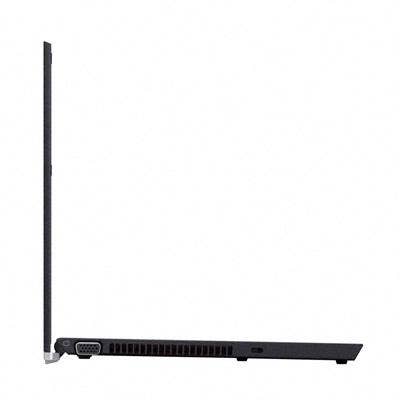
Saving the Z for Last
Last but certainly not least, Sony this week was set to unveil updates to its Vaio Z Series laptops, sure to be among the coolest portables this year. These ultra-thin units are available with Intel Core i5 and i7 processors and use Intel's integrated HD graphics to display with 1600 x 900 or a full 1920 x 1080 resolution on some models. All include a backlit keyboard, the very cool USB sleep charge feature, and a docking station with dedicated AMD graphics and 1-GB memory plus a choice of DVD, DVD/Blu-ray or DVD-RW drives. Billed as the "world's thinnest standard-voltage laptop," Sony's Z Series measure just 0.65 inches thick, that's three hundredths of an inch thinner than Apple's MacBook Air at its thickest point (Apple's tapered unit starts at 0.68 inches and measures 0.11 inches at its thin end). The unit weighs in at 2.5 pounds, including a battery that's rated at seven hours, and an optional sheet battery can double the pleasure. Sony's "smart" charging refills the internal battery first, so the unit can be portable again more quickly. Available in blue or black, Z Series pricing starts at $1,969 with DVD.